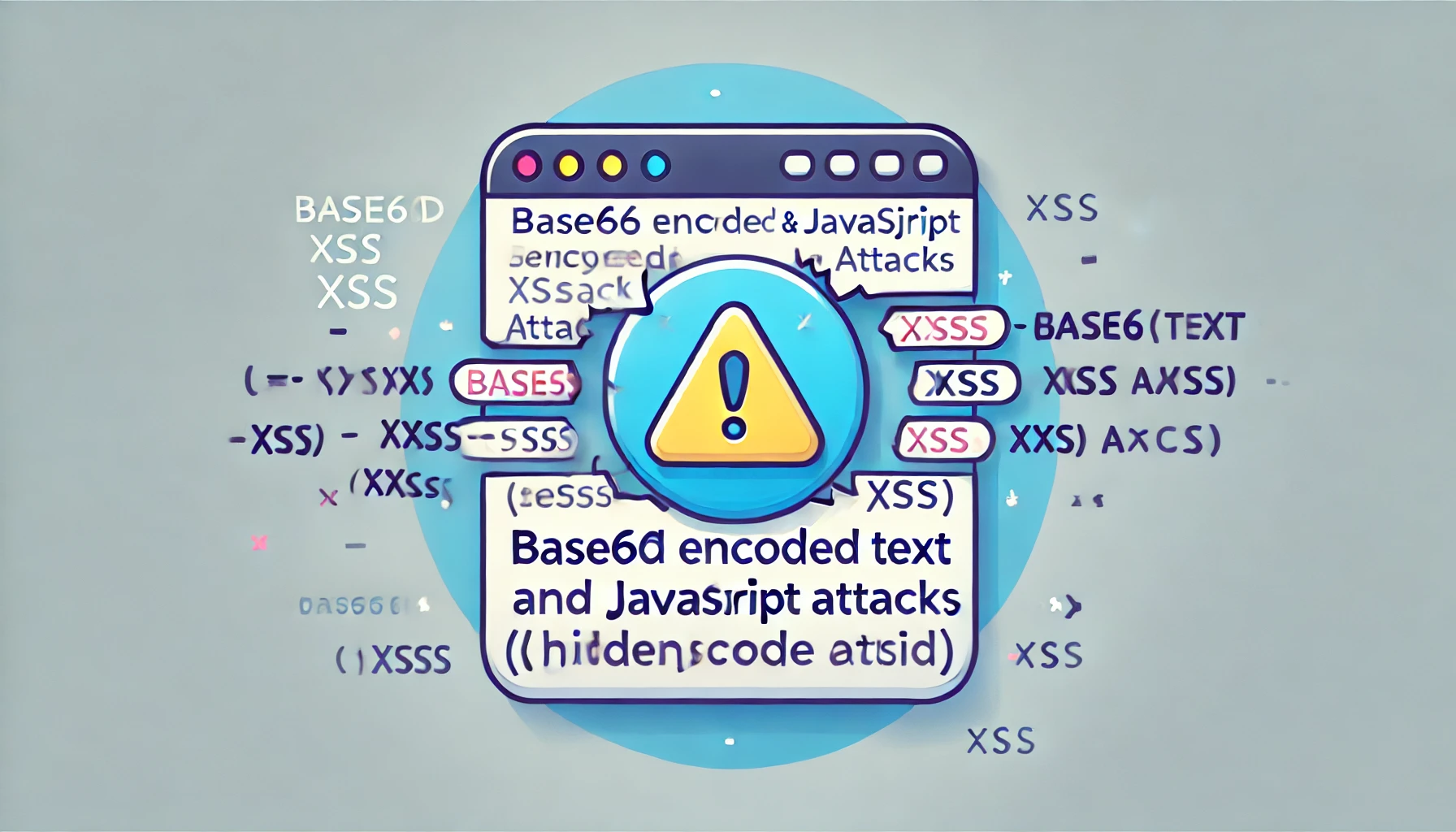They say a picture is worth a thousand words — but what about an image that contains a thousand lines of malicious code?
Recently at Link-Shield, we spotted a sneaky attack vector that uses one of the last things you'd expect — the humble HTML <img> tag.
Attackers found a way to inject JavaScript into websites without using the usual suspects like <script> tags. Instead, they hide their code inside an image tag using a lesser-known trick called the onerror attribute.
🧨 Why onerror?
Because if the image fails to load (for example, if the URL is broken), the browser runs whatever code is sitting in the onerror handler.
Here’s a basic example:
<img src="notfound.jpg" onerror="alert('Hacked!')">Since notfound.jpg doesn’t exist, the browser says “Oops, image not found!” and runs the onerror code — in this case, a simple popup. But attackers don’t stop at popups. They can do much more dangerous stuff than just an alert.

🔍 Hiding Malicious Code
Now, if an attacker just wrote alert('Hacked!'), that’s pretty easy to spot and block. So how do they hide it?
They use tricks like Base64 encoding combined with a dangerous JavaScript function that runs decoded text:
atob('...')— decodes a Base64 string into normal text.eval()— executes that text as JavaScript.
Here’s a sneakier version of the same attack:
<img src="notfound.jpg" onerror="eval(atob('YWxlcnQoJ0hhY2tlZCEnKQ=='))">🚨 Why You Should Care
That weird string? It’s just Base64 for alert('Hacked!'). But now imagine if instead of a harmless alert, the attacker was:
- Stealing your cookies or login tokens.
- Hijacking user sessions.
- Defacing your site or injecting fake content.
- Running phishing popups to steal passwords.
- Dropping malware on users' devices.
🛡️ The Good News
Attacks like this can be stopped — and Link-Shield is built to catch exactly these kinds of sneaky tricks before they ever get to your users.
Our system analyzes content in real-time and detects when something shady (like a hidden eval(atob()) inside an image) is about to run — so you’re protected even if an attacker finds a creative way to inject code.


